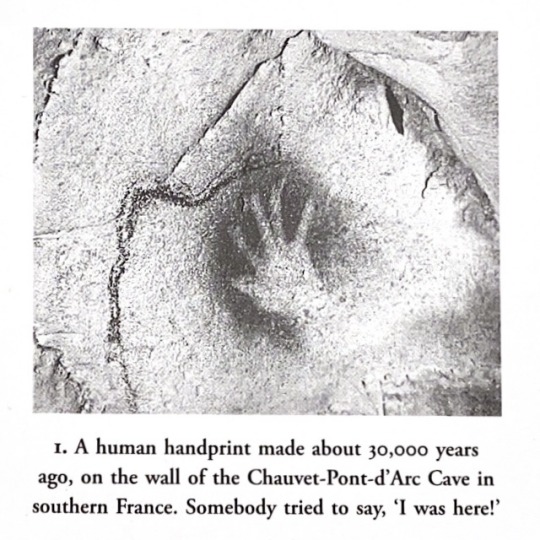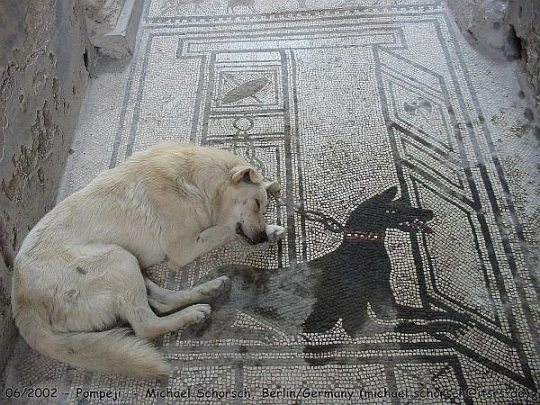A certain type of history collection
Last active 60 minutes ago
Don't wanna be here? Send us removal request.
Text
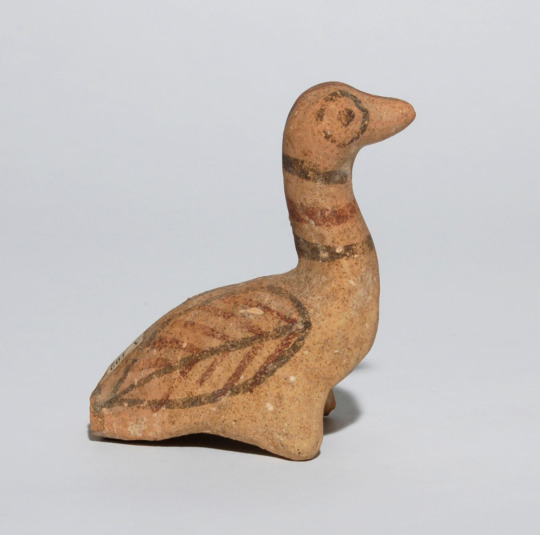


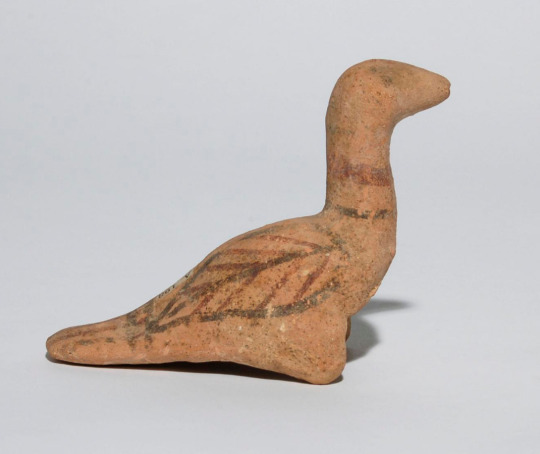
three small terracotta ducks, Cyprus 600BC-500BC.
(link 2, 3)
2K notes
·
View notes
Text

Split-twig figurines from the Archaic Period of southwest North America
7K notes
·
View notes
Text



faces dated from 2,000 years ago carved in stone at the Lajes Archaeological Site in Manaus, Brazil
11K notes
·
View notes
Text
The ancient world was full of textile masterpieces we can only imagine… but most of them have rotted away. So few of them have come down to us in these days that we think of metal and stone as the primary mediums for the oldest artworks. But there were tapestries and fabric work that would have rivaled the finest wrought gold and iron and the first cave paintings.
34K notes
·
View notes
Text
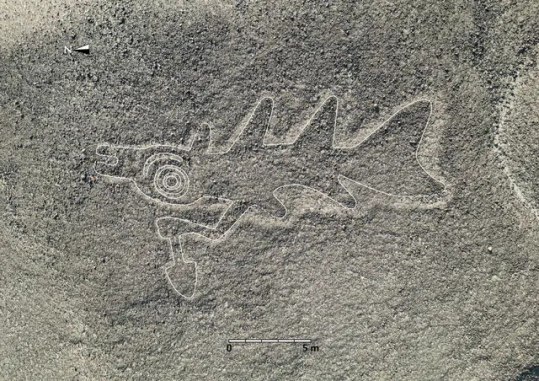


AI research uncovers 300 ancient etchings in Peru's Nazca desert
obsessed with these little guys....
1K notes
·
View notes
Text
Every time I think too deeply about how we've found the bones of thousands and thousands of years old ancient people and we've given them people names I just

Guys, do you get it? We put to name these ancient peoples whose bodies vaguely resemble us and we go, "you're one of us, and we will give you a name that we have invented". They are not here to have a voice for themselves, but they are here to be remembered.
To be named is to be loved.
844 notes
·
View notes
Text
My new favorite genre of picture is a very special thing that most animals (and humans!) do: face nuzzling as an act of greeting/comfort/intimacy. thank God that this is happening all over the world right now
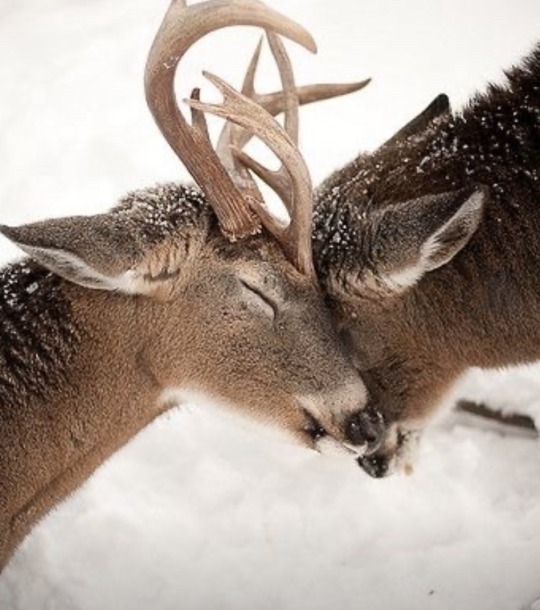

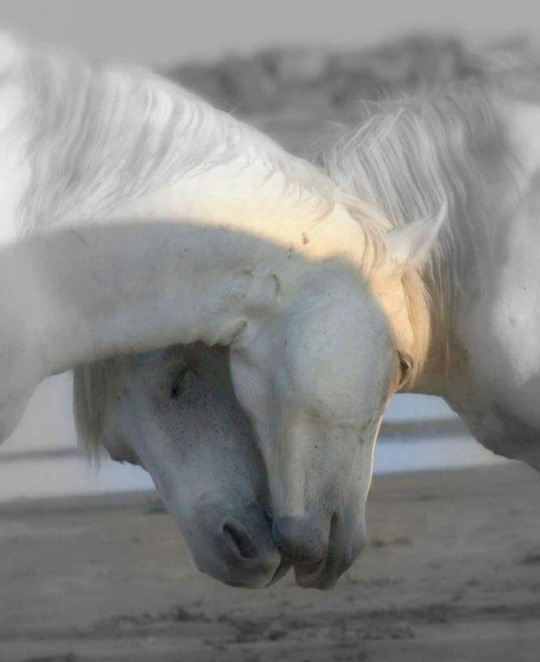
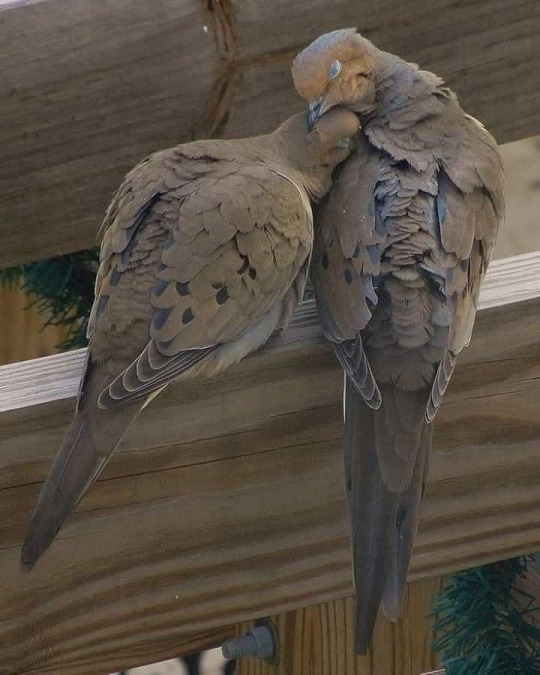

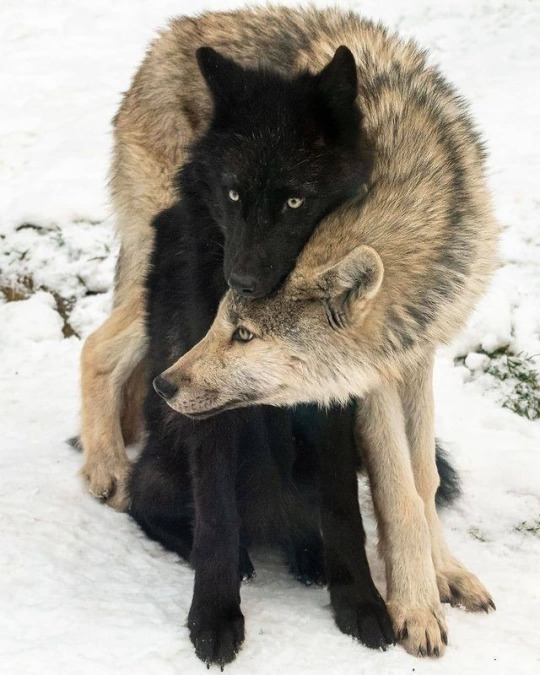
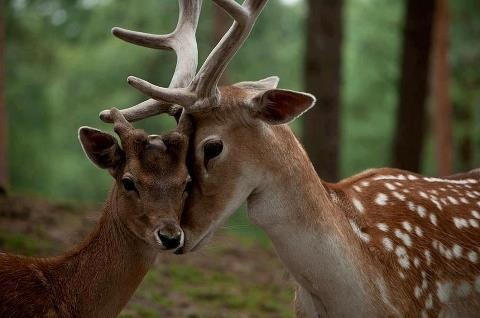

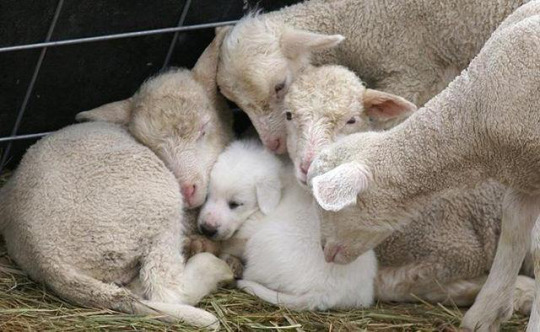
Isn’t it wonderful?!
106K notes
·
View notes
Photo

This Day in History:
VII IDVS SEP<TEM>BRES Q POSTVMIVS ROGAVIT A ATTIVM PEDICARIM
On September 7th Quintus Postumius asked Aulus Attius if I could fuck him (in the ass).
CIL IV.8805
18K notes
·
View notes
Text
your scent processing being so close to memory in your brain is insane sometimes you step outside and take a whiff and go "ah, it smells like playing pokemon emerald in my third grade afterschool program in the crisp september of 2006"
88K notes
·
View notes
Text
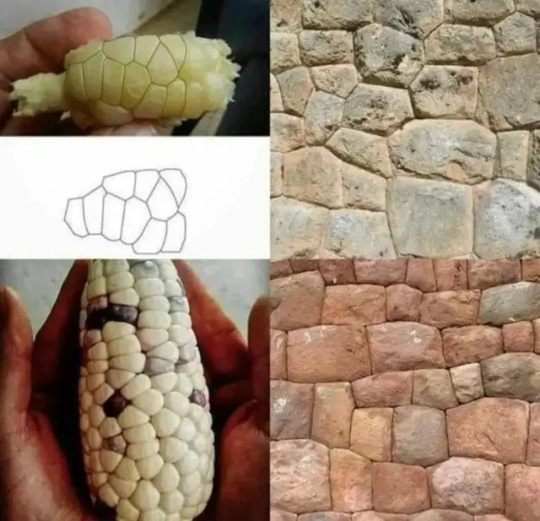
"It took me years to realize that Inca and pre-Columbian architecture is directly related to the structure of the corn kernels. In a western model of thought, one might judge the shapes as irregular, but in a universal thought, everything is a correlation between the cosmos, science, art, and humanity (...) The organic growth forms are represented in a logarithmic way, and these pentagonal, hexagonal, and heptagonal blocks coincide with the corn forms. The lack of symmetry in the walls helps dissipate the energy of the earthquakes. They were incredible engineers. Japanese researchers studied Machu Picchu after the Kobe earthquake and realized that these Inca structures had not been damaged by it. " - Juan Casco
4K notes
·
View notes
Photo




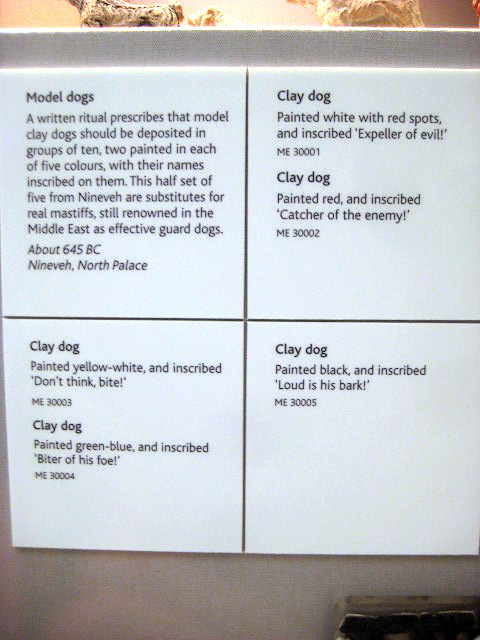
These clay dogs (~645 BC) were substitutes for real dogs in a ritual from ancient Nineveh, located along the Tigris River in what is now northern Iraq. Well-trained, effective guard dogs were probably too highly valued to kill, hence the substitution of clay figurines. Each figurine may have represented an actual, living dog who bore that name. The ritual required that the clay dogs be painted two each of five colors, with their names written on them, and buried in groups of ten on either side of a gateway’s foundation. The ritual was thought to magically transfer the dogs’ protection to the gates. The dogs have fierce names, like, “Expeller of evil”, “Don’t think, bite!”, “Biter of his foe”, and “Catcher of the enemy”. The dogs are a breed of large, muscular mastiff-type dogs with prick or half-prick ears, a round head with a pronounced stop and heavy muzzle, large paws, and a tightly curled, chow-like tail. They are in the British Museum.
10K notes
·
View notes
Text
saw a video that was like “everybody comment what you did today so we can see how everyone experienced something different” and the comments have me tearing up on this train. what the fuckkkk. the human experience
98K notes
·
View notes
Text





Cave paintings from Magura Cave, Bulgaria, estimated to be around 10k-8k years old depicting animals and people, hunting, ritual dances, and deities
5K notes
·
View notes
Text
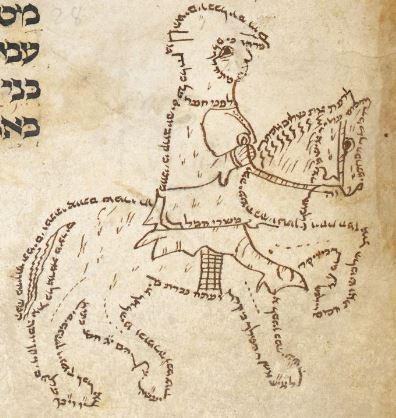
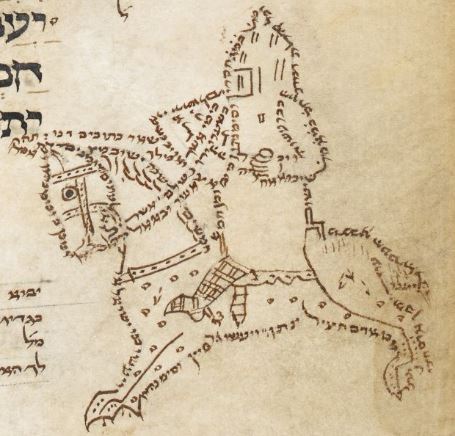
Two knights on horseback rendered in Hebrew micrography in the margins of the Yonah Pentateuch, 13th century.
Source: British Library, Add. MS 21160 fol. 192v and 201v
4K notes
·
View notes
